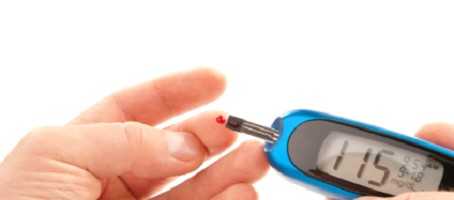A leading research team, at Harvard Medical School, has developed a more sensitive technique for identifying the hallmarks of type 1 diabetes.
Whilst a diagnosis of type 1 diabetes will usually follow the appearance of the symptoms of diabetes such as increased thirst, frequent need to urinate and persistent tiredness, it is not always so easy for doctors to accurately determine the exact type of diabetes.
Doctors can perform an additional check for high ketone levels, but even then, higher than normal ketone levels can appear in people without type 1 diabetes. Uncertainty over which type of diabetes someone has can cause that patient to be put onto inappropriate treatment which could cause them difficulty in adequately managing their diabetes and lead to greater risks of diabetes complications and unnecessary medication side effects.
The ideal test for determining type 1 diabetes is to check for the presence of specific autoantibodies in the blood. In type 1 diabetes, the body has an autoimmune reaction which leads the immune system to regard the insulin producing cells of the pancreas as an invading pathogen that needs to be destroyed. Having islet cell autoantibodies in the blood is therefore a hallmark of type 1 diabetes.
There are tests for levels of autoantibodies in the blood. A GAD antibodies test involves using a radioimmunoassay which, whilst effective at detecting higher levels of islet cell autoantibodies is not so reliable for detecting low levels of autoantibodies. The Harvard researchers therefore set out to develop a more accurate test.
The new technique involves a fluorescent and microsphere-based assay technique which uses Rolling Circle Amplification (RCA). The key advantages of this new method is that it is 50 times more sensitive than radioimmunoassay, produces results in around 6 hours (compared to over 24 hours for current tests) and requires only a small sample of blood (5 microlitres) which is not much more than is required for a home blood glucose test.
The other advantage of the new technique is that it could allow doctors to identify type 1 diabetes even before hyperglycemia occurs. In some cases type 1 diabetes may be missed if blood glucose levels have dropped to below 11 mmol/l, the cut off point for diagnosis of diabetes, at the time of a random glucose test.
What's new on the forum? ⭐️
Get our free newsletters
Stay up to date with the latest news, research and breakthroughs.




